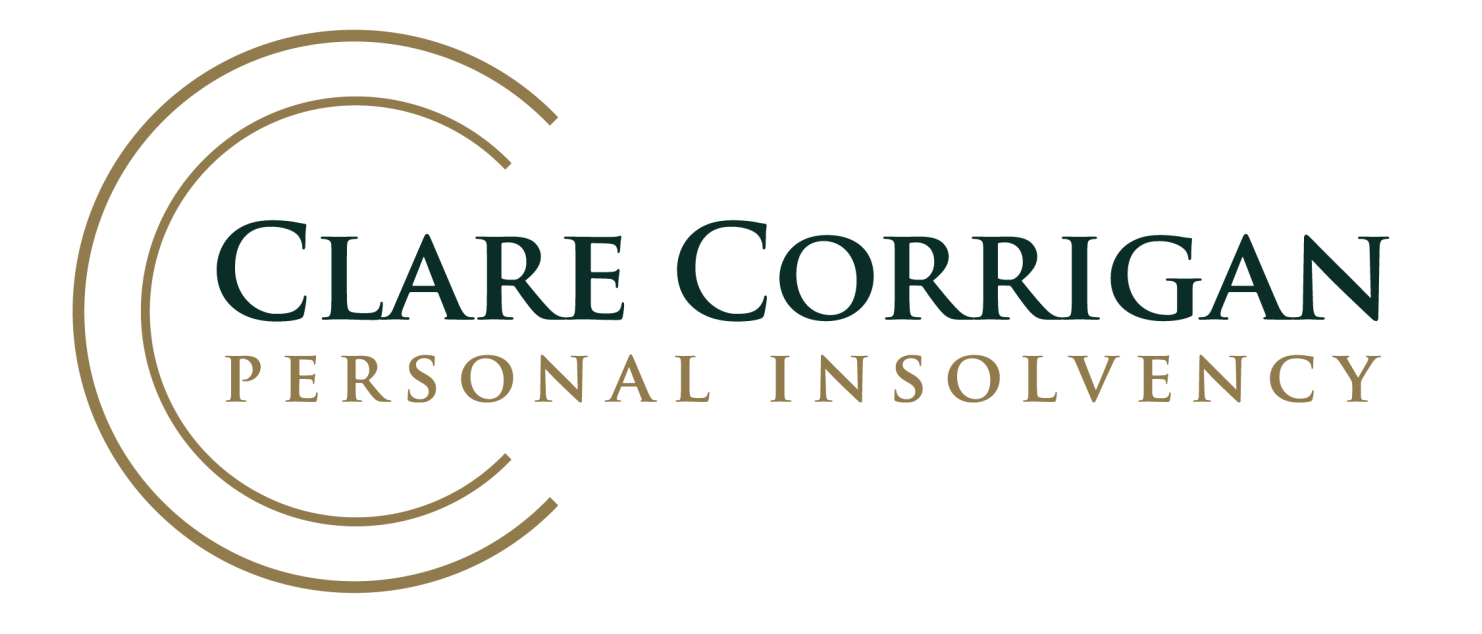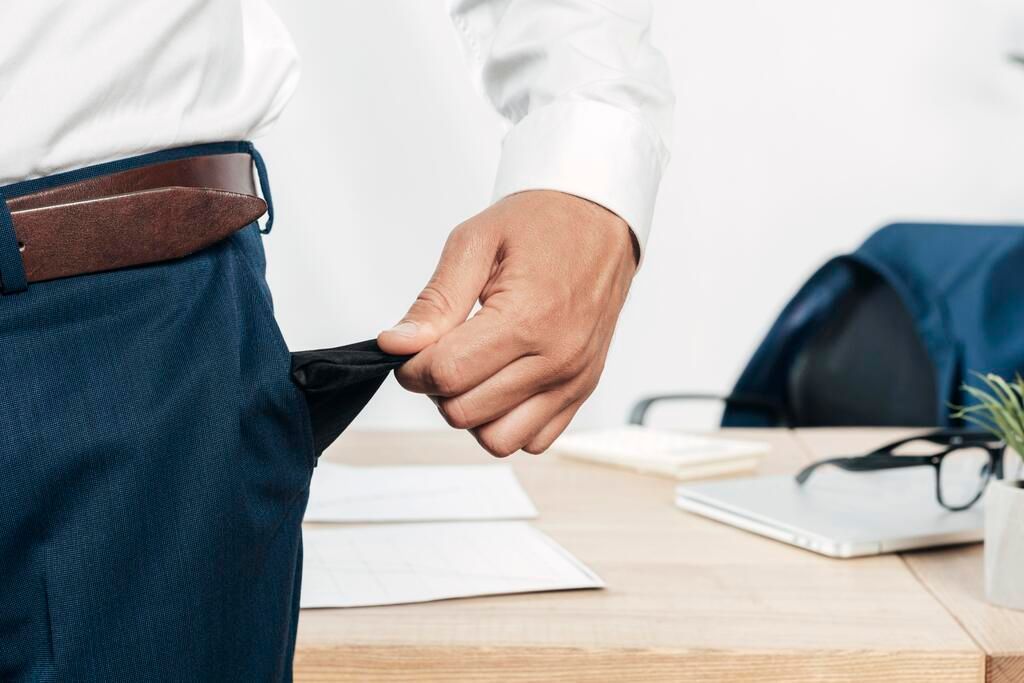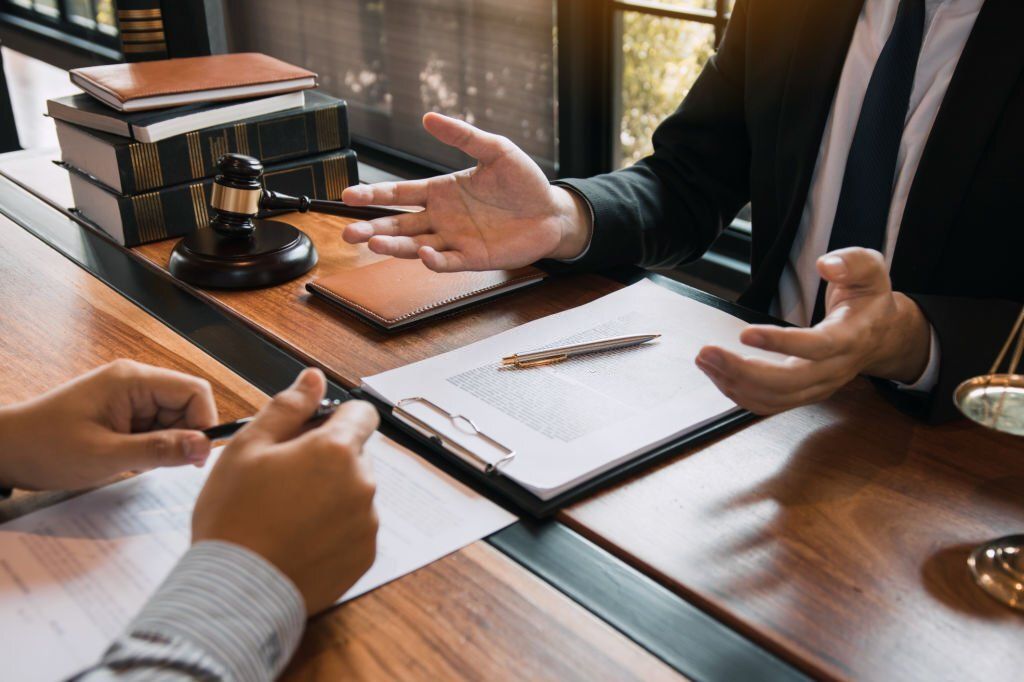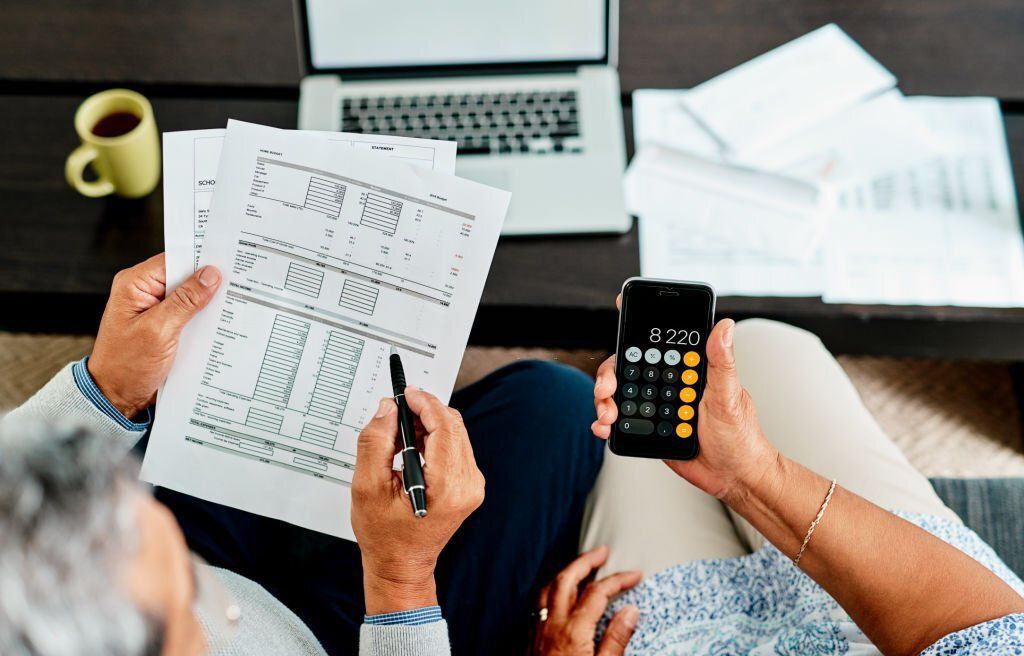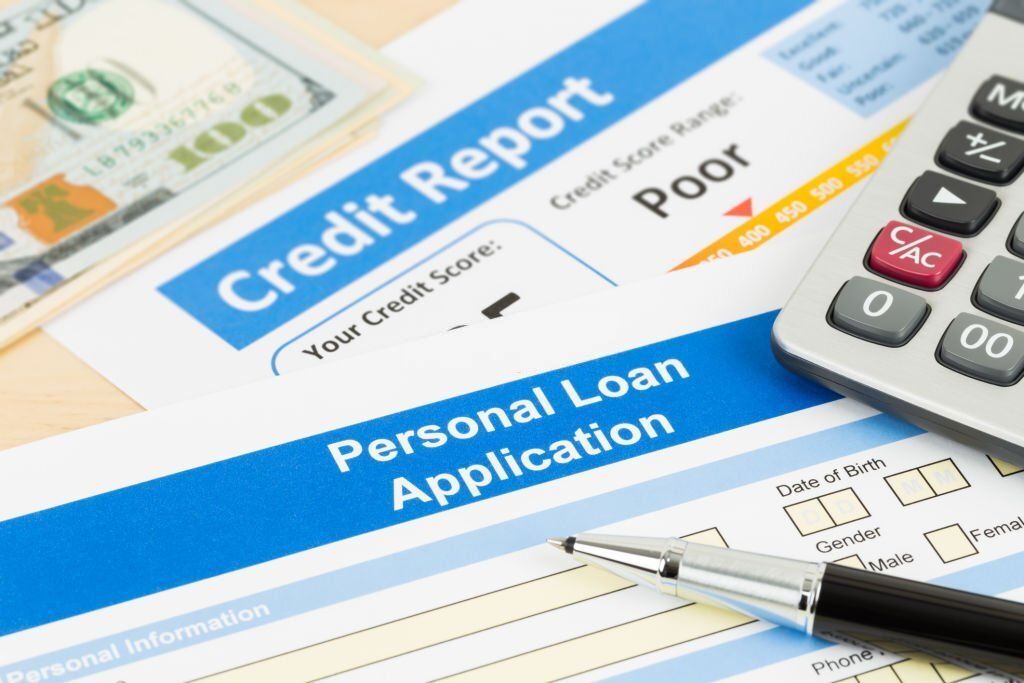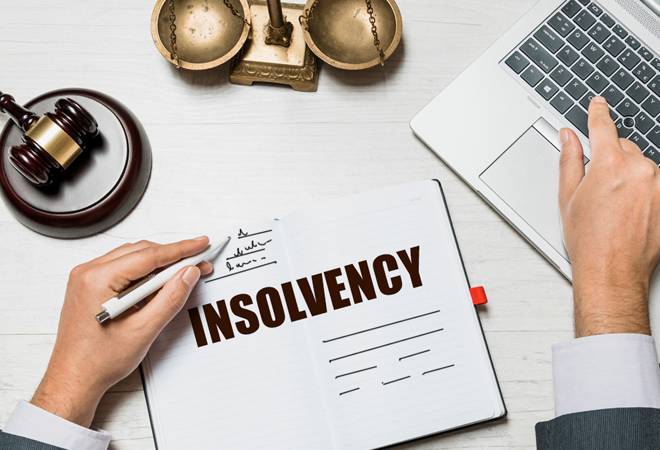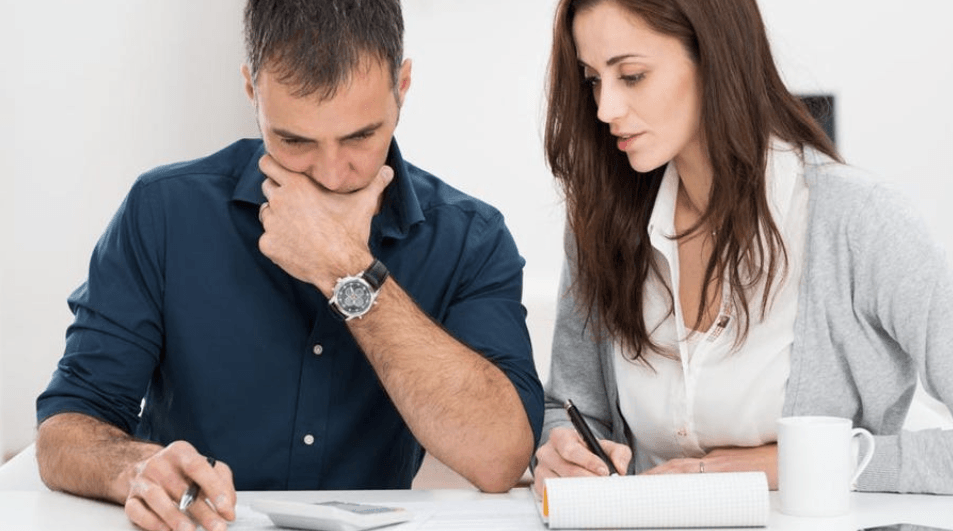What is personal insolvency?
Personal insolvency is the situation you may find yourself in if your income is not enough to cover the money you owe. To put it simply, if you cannot pay your creditors, you will be considered personally insolvent.
This can be seriously troubling for individuals here in Australia, and you may feel that you have no way to turn. In fact, you still have options at your disposal, and the right guidance can help you to move forward with your life in a positive way.
But first, it's important to get to the bottom of what personal insolvency really is, and what it means for you and your finances.
The difference between personal insolvency and bankruptcy
The definition of personal insolvency we've used above sounds very similar to that of bankruptcy, and that's because the two definitions are quite similar. Here's the difference:
- Bankruptcy is a legal status, offering a degree of protection as well as restrictions for those who cannot pay their debts.
- Personal insolvency is a more general situation – there is no change to your legal status; the term simply describes an inability to pay creditors.
This is a very important distinction. Bankruptcy may follow as a result of personal insolvency, but they cannot be considered to be one and the same thing.
What happens after personal insolvency?
Not everyone who experiences personal insolvency is bankrupt, and you might be able to take steps to avoid bankruptcy. The first step should always be to communicate with the creditors themselves and to try to reach an informal agreement.
This agreement may help you to start a new repayment schedule that better suits your needs and those of your creditors. If you can both come to a mutually satisfactory arrangement, there will be no need to move to the bankruptcy stage.
Formal arrangements
It won't always be enough just to make a payment agreement with your creditors. As we've touched on above, this will need to be mutually acceptable, and sometimes this is difficult to achieve. Instead, more formal arrangements might be needed, such as:
- Formalised debt agreements
If you can prove that you are insolvent, and you have not entered into a debt agreement or been declared bankrupt in the last 10 years, you may be able to use a formal debt agreement. This will limit your future borrowing capabilities, but it may help to clear some of your existing debts.
- Personal insolvency agreement (PIA)
If you are not eligible for a formal debt agreement, you may be able to enter into a
personal insolvency agreement, or PIA. This is a more flexible arrangement, and it is designed to offer some protection to both the debtor and the creditor, so both can begin to move forward from the situation.
Discuss your situation with Clare Corrigan and find the support you need
Here at Clare Corrigan, we understand how difficult it can be when you become personally insolvent. This is why we approach each case with the understanding and care our clients deserve. Reach out today, and let’s talk about your situation and your options.
